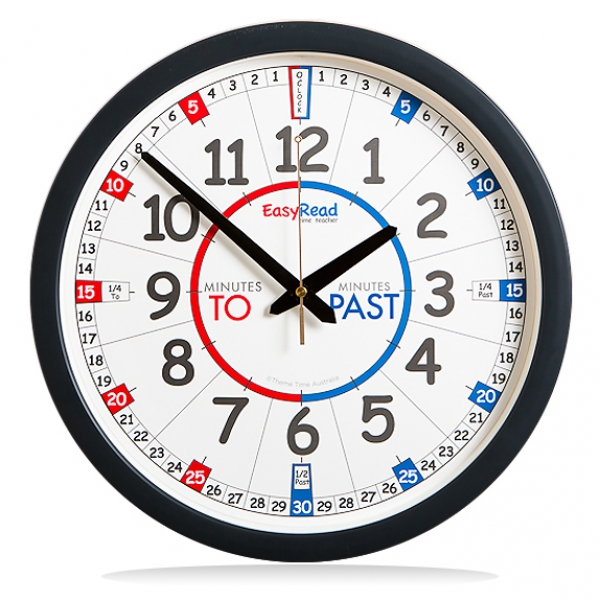Filters
Clear allSubject
- Careers (1176) Apply Careers filter
- Climate Change (127) Apply Climate Change filter
- Computing (1597) Apply Computing filter
- Creative arts and media (80) Apply Creative arts and media filter
- Cross curricular (2165) Apply Cross curricular filter
- Design and technology (5247) Apply Design and technology filter
- Engineering (1426) Apply Engineering filter
- Food Preparation and Nutrition (298) Apply Food Preparation and Nutrition filter
- Health and safety (90) Apply Health and safety filter
- Leadership (53) Apply Leadership filter
- Mathematics (11220) Apply Mathematics filter
- Personal development (94) Apply Personal development filter
- Psychology (78) Apply Psychology filter
- Science (22311) Apply Science filter
- Space (144) Apply Space filter
- STEM Ambassadors (100) Apply STEM Ambassadors filter
- STEM Clubs (113) Apply STEM Clubs filter
Age range
Type
- Activity sheet (4665) Apply Activity sheet filter
- Article (823) Apply Article filter
- Assessment (194) Apply Assessment filter
- Audio (74) Apply Audio filter
- Data set (83) Apply Data set filter
- Demonstration (170) Apply Demonstration filter
- Diagram (6) Apply Diagram filter
- Experiment (495) Apply Experiment filter
- Game (155) Apply Game filter
- Group work (186) Apply Group work filter
- Image (203) Apply Image filter
- Information sheet (955) Apply Information sheet filter
- Interactive resource (430) Apply Interactive resource filter
- Lecture (6) Apply Lecture filter
- Open-ended task (96) Apply Open-ended task filter
- Poster (152) Apply Poster filter
- Presentation (1492) Apply Presentation filter
- Quiz (64) Apply Quiz filter
- Research (830) Apply Research filter
- Self assessment (39) Apply Self assessment filter
- Simulation (12) Apply Simulation filter
- Teacher guidance (5454) Apply Teacher guidance filter
- Textbook (597) Apply Textbook filter
- Video (1980) Apply Video filter
- (-) Remove Include Physical Resources filter Include Physical Resources
Showing 40292 results
This sample of a teacher guide introduces basic robotics using Lego NXT hardware and software The general nature as well as the origins of robotics are covered. NXT robots are then introduced, as well as some basic mathematical and other considerations for using robots in the classroom. The importance and impact of...
These Cre8ate maths activities require the use of averages, ranges, percentages, histograms, stem and leaf displays, pie charts, and tables to make comparisons, interpretations, and conclusions. They also provide real data about pupils for analysis. Performing the “How far can you …?” events in the classroom will...
This collection from Teachers TV features videos that are intended to be shown to students in primary mathematics lessons. Many of the videos are ideal as lesson starters, often posing a problem for students to consider.
...The videos in this collection from Teachers TV are suitable to be shown in primary science lessons as stimulus material and are ideal for use as a lesson starter or as an engaging demonstration of a new concept.
Videos in this section cover a wide range of topics, including:
* forces, pushes, pulls and...
This collection from Teachers TV features videos, covering a wide range of mathematics topics, which are intended to be shown in class. Often ideal for use as as a lesson starter, some show practical applications of mathematical principles which pose problems for students to solve. Areas covered include:
*...
The videos in this collection from teachers TV are aimed at secondary school science practitioners. They contain materials that can be used in the classroom, as stimulus material.
Clips in this section cover a wide range of topics, including:
* astronomy, space and the solar system
* Earth...
This cross curricular activity includes science content from Year Four of the primary curriculum. It introduces programming and control, linked to the outside world through sensors - in this case, the computer's built-in microphone or a peripheral microphone. Programs are written using Scratch (online or offline)...
Classroom Space was developed by the University of Leicester with a grant from the Particle Physics and Astronomy Research Council (PPARC). It was designed to use the context of space science and astronomy to teach science in the secondary school curriculum. The resources are: * Water on Mars? * Weathering on the...
In this ASE SYCD: Science Year Primary unit, pupils identify the different types and materials of classroom-tuned percussion instruments.
Pupils explore vibration, pitch and volume, explore amplification and think about the responsible use of tropical timber.
Classroom instruments offer many...
This item is one of over 25,000 physical resources available from the Resources Collection. The Archive Collection covers over 50 years of curriculum development in the STEM subjects. The Contemporary Collection includes all the latest publications from UK educational publishers.
A photocopiable resource from the Association of Teachers of Mathematics, providing classroom activities and numeracy posters.
This item is one of over 25,000 physical resources available from the Resources Collection. The Archive Collection covers over 50 years of curriculum development in the STEM subjects. The Contemporary Collection includes all the latest publications from UK educational publishers.

'Classroom behaviour, second edition' explores the relationship between effective teaching, behaviour management, discipline and colleague support. Bill Rogers also addresses issues such as argumentative and...
Bare paint is the first non-toxic electrically conductive paint available to consumers today. This unique child-friendly material is designed for people of all ages to explore and learn about electronics with an inclusive, easy-to-use material.
'Bare conductives classroom card kit' provides a fun and...

The EasyRead classroom clock is designed for primary school classrooms to eliminate the problems experienced when teaching children to tell the time in minutes-past and minutes...
